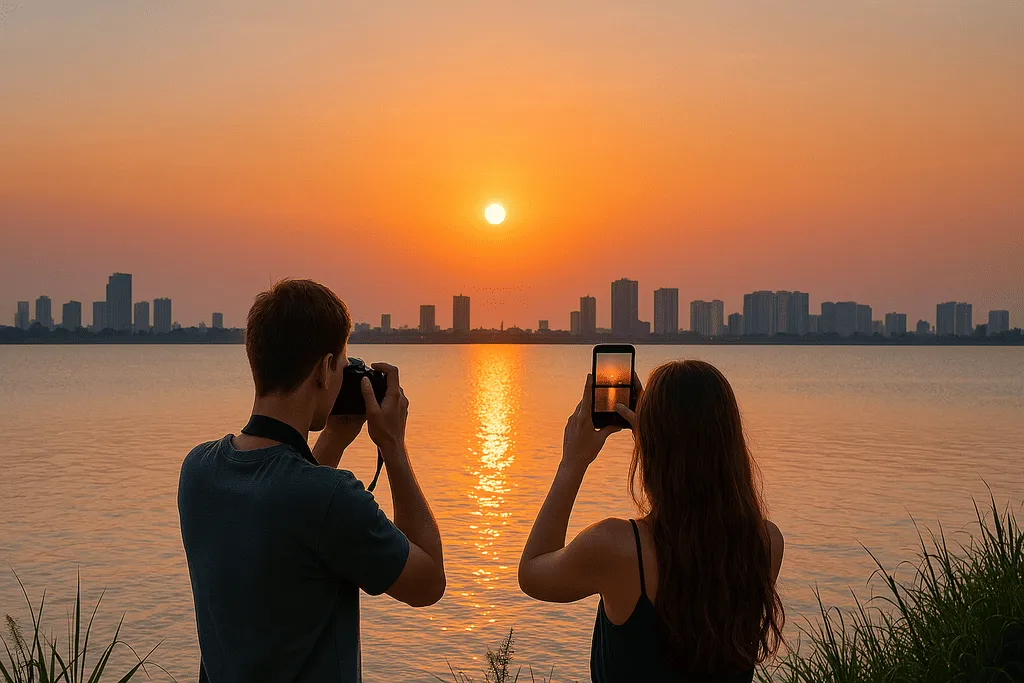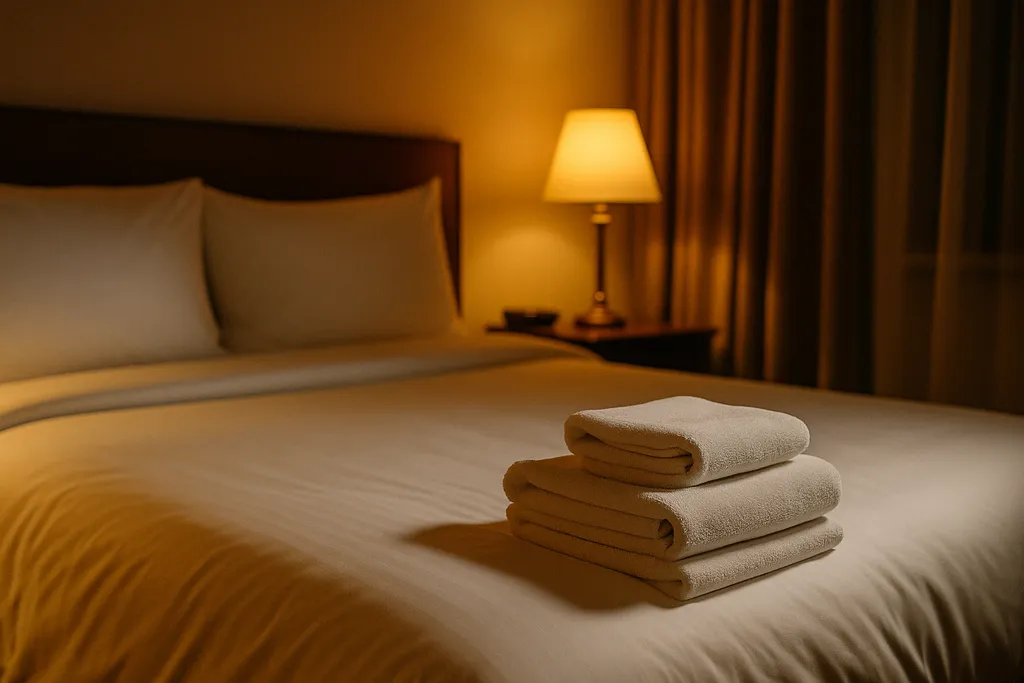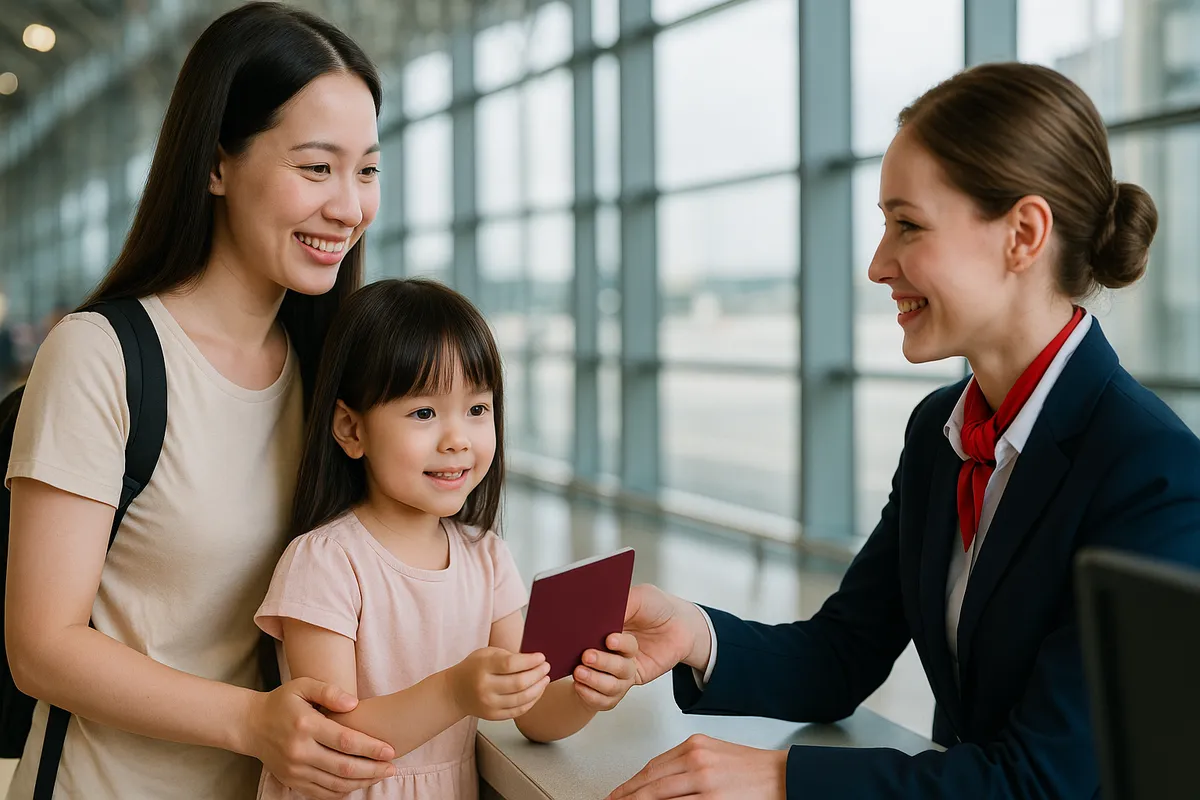Detailed instructions on the basic check-in process for new homestay owners
- Monday, May 26, 2025, 11:25 (GMT+7)
Detailed instructions on the basic check-in process for new homestay owners
Homestays have become a popular choice for accommodation thanks to their cozy atmosphere, reasonable prices, and local living experience. However, many first time guests feel confused during the check in process, especially with self managed models that have no front desk. It is common to encounter situations such as no one being there to receive guests, difficulty finding the address, being unable to access the room, or incurring extra charges for arriving at the wrong check in time. To avoid wasting time, losing benefits, or facing inconvenience, users need to fully understand the standard check in process from the beginning.
The check in process at a homestay can be divided into three main stages: preparation before arrival, procedures at the accommodation, and handling issues if they arise. This sequence applies to bookings made through platforms like Airbnb, Booking, Agoda, Traveloka, as well as direct bookings via Facebook, Zalo, personal websites, or acquaintances. However, each platform and homestay may operate differently, so it is important to verify all information sent by the host or booking platform.
The first task after completing a booking is to double check all confirmation details. This includes the exact address (searchable on Google Maps), the name of the host or contact person, phone number, permitted check in time frame, and check in method (self check in, in person greeting, key from lockbox, from a guard, etc.). If no clear confirmation message is received after booking, guests should proactively message the host to request complete information. Skipping this step often leads to confusion at arrival with no idea who to contact or how to access the property.
For homestays with self check in (which account for over 60 percent of apartments in major cities), guests will receive an electronic door code, lockbox code, or video instructions. These are usually sent via booking apps, Zalo, or email. Guests should save the code and instructions offline such as screenshots, in case of no internet connection upon arrival. It is also recommended to call and reconfirm before departure, especially when arriving at night or during late hours when support may be limited.
Standard check in time usually starts from 14:00 and ends before 22:00. With self managed homestays, arriving too early or too late may result in denial of entry. If planning to arrive outside the allowed time, inform the host in advance to arrange remote unlocking or prepare the space. Some homestays charge an extra fee for late or early check in, so this should be confirmed early to avoid unexpected costs.
At the property, if there is a front desk or greeter, the process is similar to hotels: present identification, confirm the booking code, receive the key, and get usage instructions. If there is no one to welcome guests, follow the instructions precisely: enter the correct code, retrieve the key from the box, and follow the map to the room. Guests should not ask others to check in on their behalf unless the host has approved, to avoid denial or authentication issues.
Some homestays require guests to send a photo of their ID card or passport in advance, especially in areas with security regulations such as Da Lat, Sapa, Ha Giang, the old quarter of Hanoi, or central tourist zones. This can be done via Zalo or the booking app and must verify the actual guest and booker. For groups, notify the host of the exact number of guests. Do not add extra people without prior approval.
If traveling with elderly people, children, or those unfamiliar with technology, it is advisable to choose a homestay with direct support or easy to understand video instructions. If unsure, request a demo video of how to open the door, use home appliances, and key living notes. For international travelers, make sure the host is registered and permitted to host foreign guests to avoid being turned away for legal reasons.
Common sources of confusion include arriving at the wrong homestay with the same name, missing house signs, minor address mismatches on Google Maps, expired access codes, incorrect code for the room, or arriving too early. In all such cases, the solution is to contact the host directly using the provided phone number. Do not attempt to force entry or access any unit without confirmation. If calling fails, ask a nearby guard or neighbor to help verify the correct location.
Here are some specific tips to make the check in process smoother:
Always double check and save the access code, instructions, and host contact before departing
If booking for a group, designate one person to keep all the information and perform check in
For buildings with multiple units, confirm the room name or floor number to avoid confusion
If the booking app fails, use email to retrieve the confirmation
In emergencies, contact the OTA hotline for remote unlocking or booking verification
Common mistakes that may cause loss of benefits or denial of entry include: arriving outside the check in window without notice, using invalid identification (blurry photos, missing info), entering the wrong code, bringing unauthorized guests, or damaging equipment due to improper use. To prevent this, clarify all house rules and how to operate necessary equipment.
Some homestays have their own policies such as requiring a deposit via bank transfer before check in, or asking guests to sign an agreement upon key collection. If so, confirm clearly by message to avoid misunderstandings. For homestays in remote areas or mountains, check mobile signal coverage and notify the host of your arrival time in advance so they can be present.
The check in process at a homestay is not complicated but requires proactive preparation and clear verification by the guest. To minimize issues, prepare all information in advance, reconfirm with the host at the right time, and follow all provided instructions. A smooth check in is the gateway to a comfortable and enjoyable stay without trouble or unnecessary costs.
The most important rule is to keep all room and contact information before departure and not wait until arrival to figure out how to access the property. If anything remains unclear, ask the host ahead of time. That is the smartest and safest way to check in.

 CHECKIN.VN
CHECKIN.VN








Share on